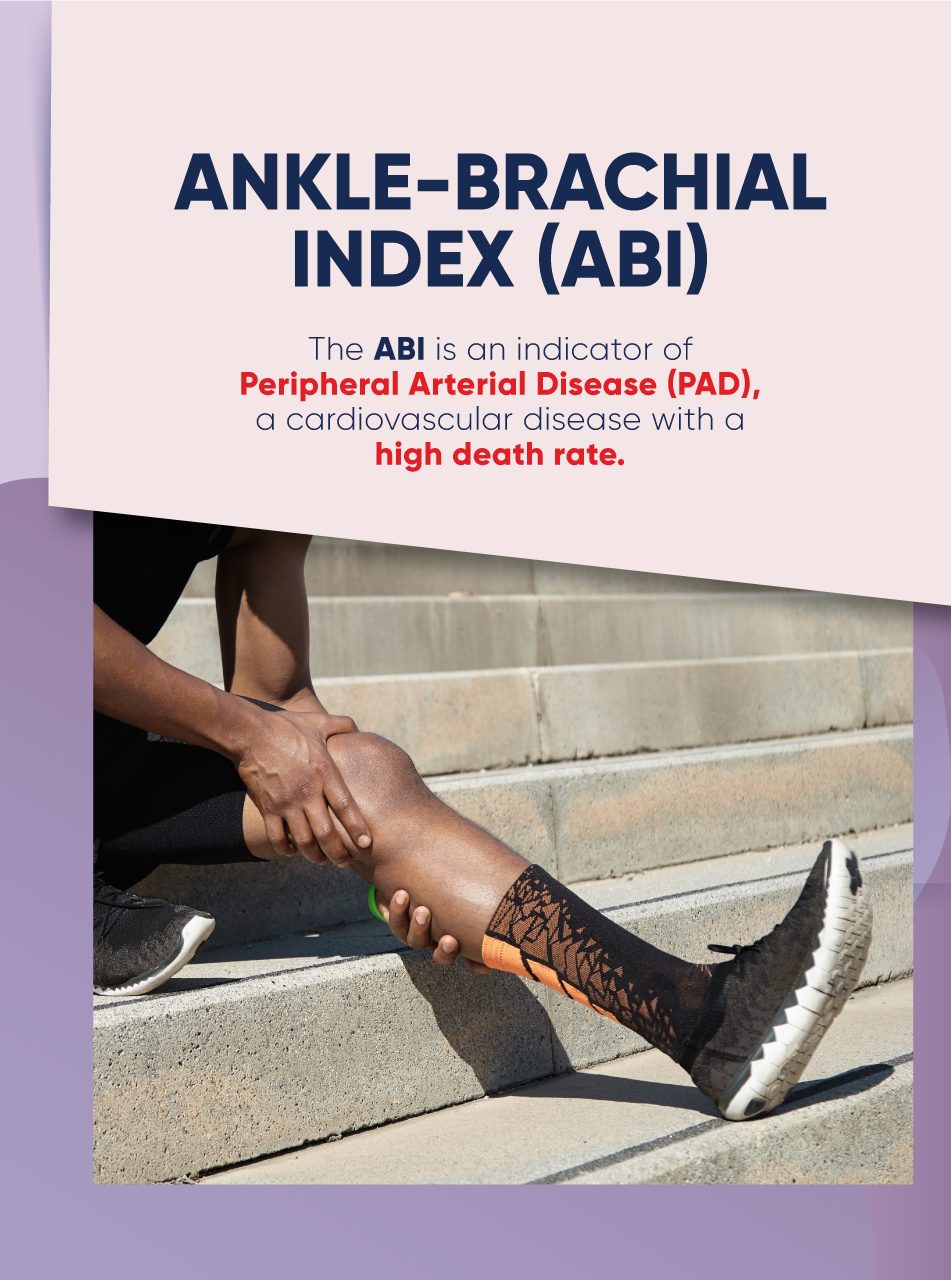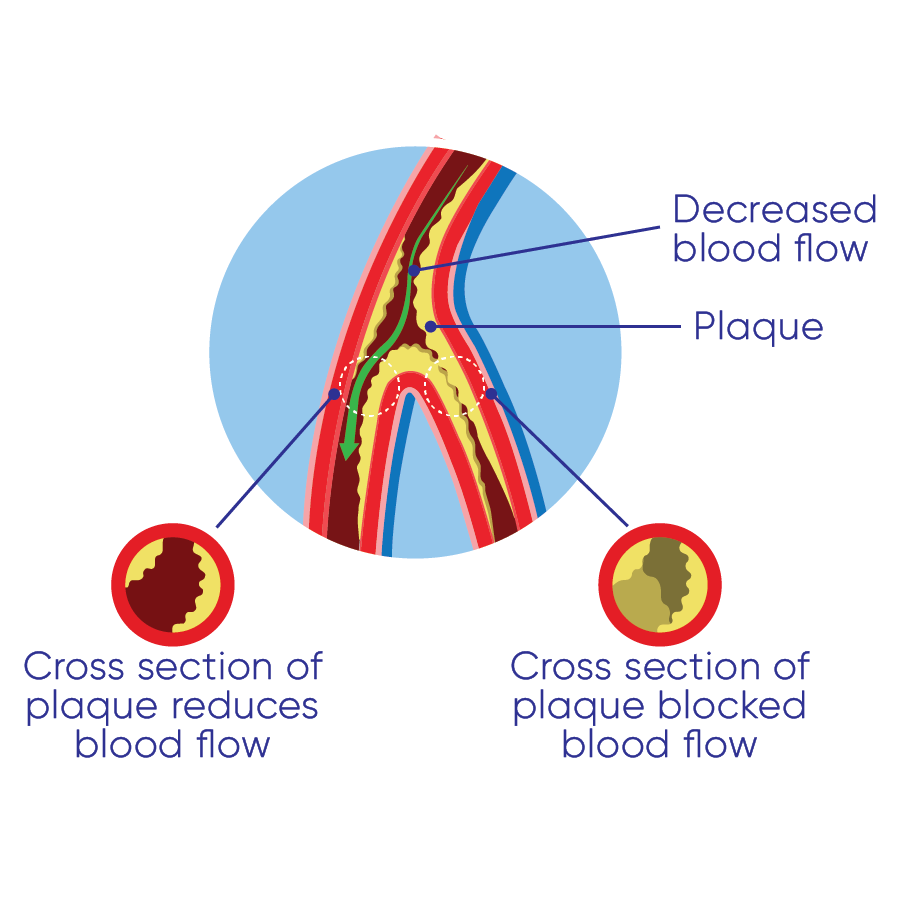

LifeCare Diagnostic Medical Centre
01 September, 2022

A common condition in which narrowed arteries reduce blood flow to the arms or legs. The legs or arms (usually the legs), don’t receive enough blood flow to keep up with the demand, causing leg pain when walking and other symptoms. PAD also increases the risk of heart attack and stroke.

Most people with PAD usually experience mild or no symptoms. Symptoms like leg pain, muscle pain, and cramps in the legs or arms during walks or at the beginning of any physical activity and end with rest (claudication). The pain is usually felt in the calf and ranges from mild to severe. If PAD worsens, pain may occur even during rest or lying down and cause interference during sleep.
Slower growth of toenails
Hair loss or slower hair growth on the legs
Sores on the toes, feet or legs that won’t heal
Erectile dysfunction
Erectile dysfunction
Sores on the toes, feet or legs that won’t heal
Apart from blood tests, ultrasound of legs or feet and angiography, one of the common tests used to diagnose PAD is the Ankle-brachial index (ABI).
A quick and non-invasive way to check for PAD. The test is painless and similar to having blood pressure taken in a routine medical visit. It compares the blood pressure in the ankle with the blood pressure in the arm.
Result – The blood pressure measurements from the arms and ankles are used to determine the ankle-brachial index. The index is a ratio of the two measurements.
Get the Ankle-Brachial Index (ABI) Test done with the purchase of selected premium health screening packages (Platinum and above only) listed below:
Life Care Diagnostic Medical Centre Sdn. Bhd. 200401034597 (673106-V)
Bangsar South
WhatsApp: 0122343610
1st Floor, Wisma Lifecare,
No. 5, Jalan Kerinchi, Bangsar South,
59200 Kuala Lumpur
Cheras South
WhatsApp: 01127213620
19A-2 & 19B-2, Block E, Kompleks Komersil Akasa,
Jalan Akasa, Akasa Cheras Selatan,
43300 Seri Kembangan, Selangor
Operating Hour:
Monday – Friday: 8.00am – 5.00pm
Saturday: 8.00am – 1.00pm
Sunday & Public Holidays: Closed
